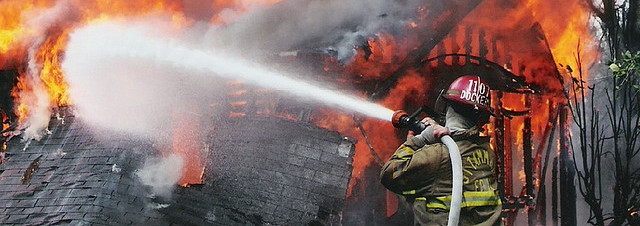Welcome to the CriCom blog.
Crisis Communications and Crisis Management have become major elements of the public relations industry in recent years. This has been driven both by the seemingly steady increase in the number of crises impacting organizations of all types as well as high-profile individuals, and the fact that crises are very lucrative for PR agencies.
Taking the second point first, it is relatively easy to understand why crises are good business for PR agencies. Entities facing a crisis are under significant stress and pressure to deal with the situation quickly and thus are in a weak bargaining position. Crises also tend to be short-lived (if handled well) and thus the organization understands that their payout to the agency will be for a limited time.
From the agency perspective there are often high levels of senior level time-input involved as well as the need to put other work on hold as resources are devoted to dealing with the crisis. Both of these factors lead to higher than normal billings.
The increasing number of crisis situations is a real phenomenon, though it has more to do with changes in communications technology, increased stakeholder activism and a keener focus on brand/corporate reputation management, than to the world becoming a significantly more crisis-prone place.
There is an extensive literature on crisis communications and this blog will draw from it as appropriate. While I will post little that is truly ‘new’ in terms of crisis communications, I will attempt to analyze various crisis situations in order to elaborate what worked, and what did not, in a common sense manner. I will also write about subjects relevant to the management of crises (from a communications standpoint). For this I will draw on my own experiences to highlight certain key elements of crisis communications and offer simple and easy-to-use execution guidance for handling crisis situations.
In my 20+ years of work experience in the field of communications I have been involved in multiple crisis communications programs as well as worked on crisis preparation and training programs for a range of organizations. This experience was gained at both global and US PR agencies and my time as a Public Affairs and Communications Manager with Coca-Cola. I offer my thoughts in order to advance the field and hopefully be of help to my fellow communications practitioners.
I have left the comment section open in the interests of facilitating dialog and shared learning. That said, I expect a level of civility and professionalism in the comments. If I deem a comment to be defamatory, libelous or just plain inappropriate I reserve the right to remove it.
There is no set schedule for this blog, though I anticipate posting about once per week with either a new topic or case study, additional information on a previous post. This flexibility allows me to address topics that are emergent as well as suggestions from the comments.
All comments and opinions posted in this blog are my own.
